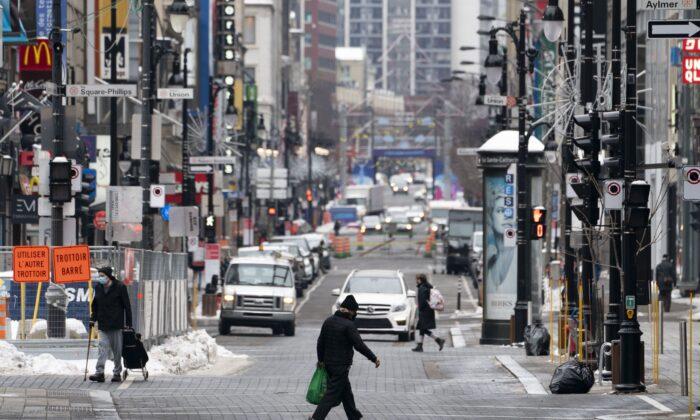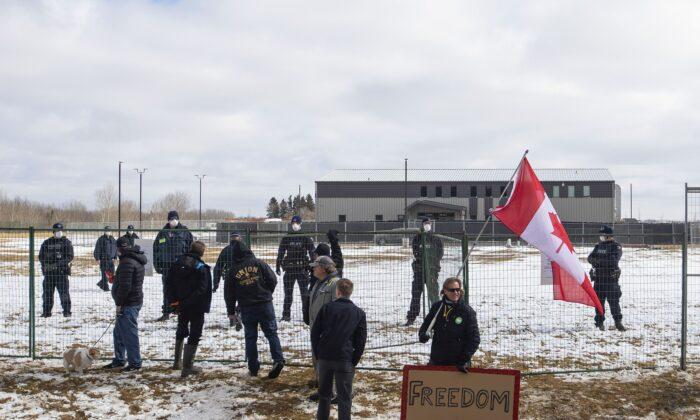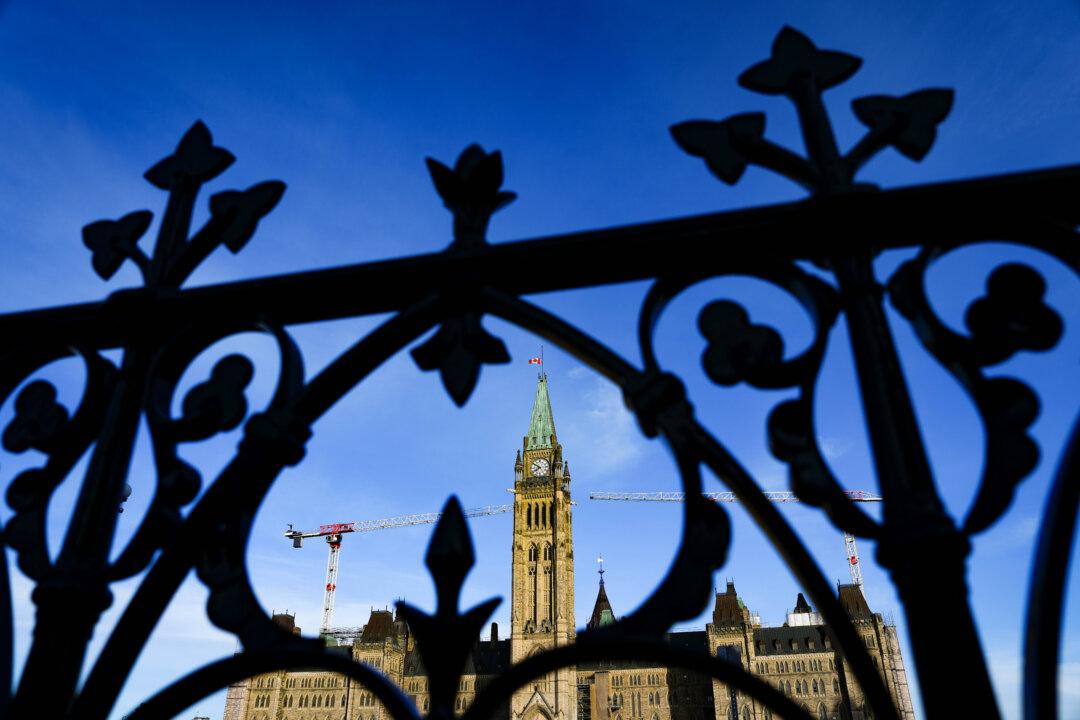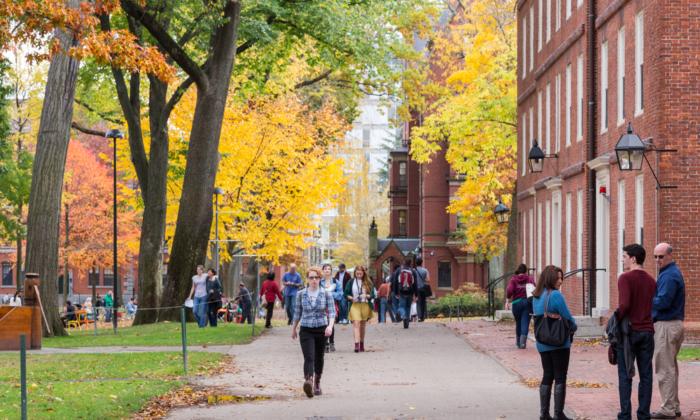Despite large amounts of government assistance during the pandemic, more than 40 percent of Canadians borrowed more than they saved in 2020, according to Statistics Canada.
In contrast, the lowest quintile of households, or the bottom fifth, accumulated $60.35 billion of debt in 2020 and spent 61.4 percent more than they made.
“It is telling that the savings rate for the well-off people went up. That’s entirely consistent with a lot of other findings of research that the government just sprayed this money across to everybody,” said Macdonald-Laurier Institute (MLI) senior fellow Philip Cross.
“Too much of it went to upper income households who didn’t need this money, and that’s shown in the fact that these people saved a whole bunch. They didn’t need it, so it’s sitting there in the bank account, and it shows that this aid was not well targeted.”
A Fraser Institute analysis in August 2020 demonstrated $22.3 billion of federal pandemic spending went to those without genuine need. This represented more than a quarter of the money in the five programs it examined.
Cross, a former chief economic analyst at Statistics Canada, says the statistics deserve context, since lower wealth households can include young students taking out loans or the elderly spending their savings.
“It happens all the time. There’s a lot of income sloshing around within families and between families in our economy. It’s just Canada doesn’t track it at all,” he said.
“A lot of them are transitory people or people who have a bad year, businesses that have a bad year. They live on through savings.”
The second-lowest quintile saw their debt increase by $6.88 billion, amounting to a net savings rate of -3.7 percent, but this was better than in 2019. That year the lowest quintile accumulated $90.14 billion of debt and the second-lowest accumulated $45.02 billion, for net savings rates of -114 percent and -28 percent respectively.
Canada received an economic grade of “F” in the Sept. 17 update of MLI’s COVID-19 Misery Index. The index is a comparison of 15 countries during the pandemic in terms of the health impacts of the COVID-19 disease, the governments’ policy responses, and the impact of the disease on their economies.
“Canada’s unemployment rate is 7.5 percent and has just now returned to less than 2 percent above the pre-pandemic level. Only the U.S. has had a more persistent increase in unemployment; however, they started from a much lower rate,” the update said.
“Canada has taken on substantial amounts of public debt that will likely take generations to repay. While we do expect the economy to recover, the second quarter of 2021 saw a 1.1 percent contraction of GDP, and growth estimates for the remainder of the year are being revised downwards.”
“Presumably we wouldn’t have the shortages that we’re facing today, particularly of labour and manpower, if aid money had been directed to employers as was done in Europe,” Cross said.
“As often happens during crises or emergencies, it’s the unintended consequence and it’s actually the unexpected consequence that becomes the big one,” he said.
“They lowered interest rates. They threw money out the window. Demand recovered quickly. What they didn’t realize was that all these actions around the world were creating the supply problem, and fixing that is going to be a lot more difficult.”
A complementary picture emerges in a separate Statistics Canada analysis of household wealth. Households in the lowest two quintiles saw their wealth rise 23.5 percent in 2020, whereas the wealthiest households grew by 8.9 percent.
Cross said those who took out mortgages in the pandemic lost savings but will gain wealth as property values grow.
“A lot of funny things happened in the pandemic, and I just don’t think the story is as simple as what these people say, [that] ’the rich get richer and the poor get poorer,'” he said.
The wealthiest fifth of households hold 67.5 percent of wealth, down one percentage point from 2010, while those with the highest incomes have 45.4 percent of household net worth, down 5 percent from 2010.
In contrast, the bottom 20 percent of income-earning families are estimated to pay just 1 percent of all federal and provincial personal income taxes and 2.3 percent of total taxes in Canada.






Friends Read Free